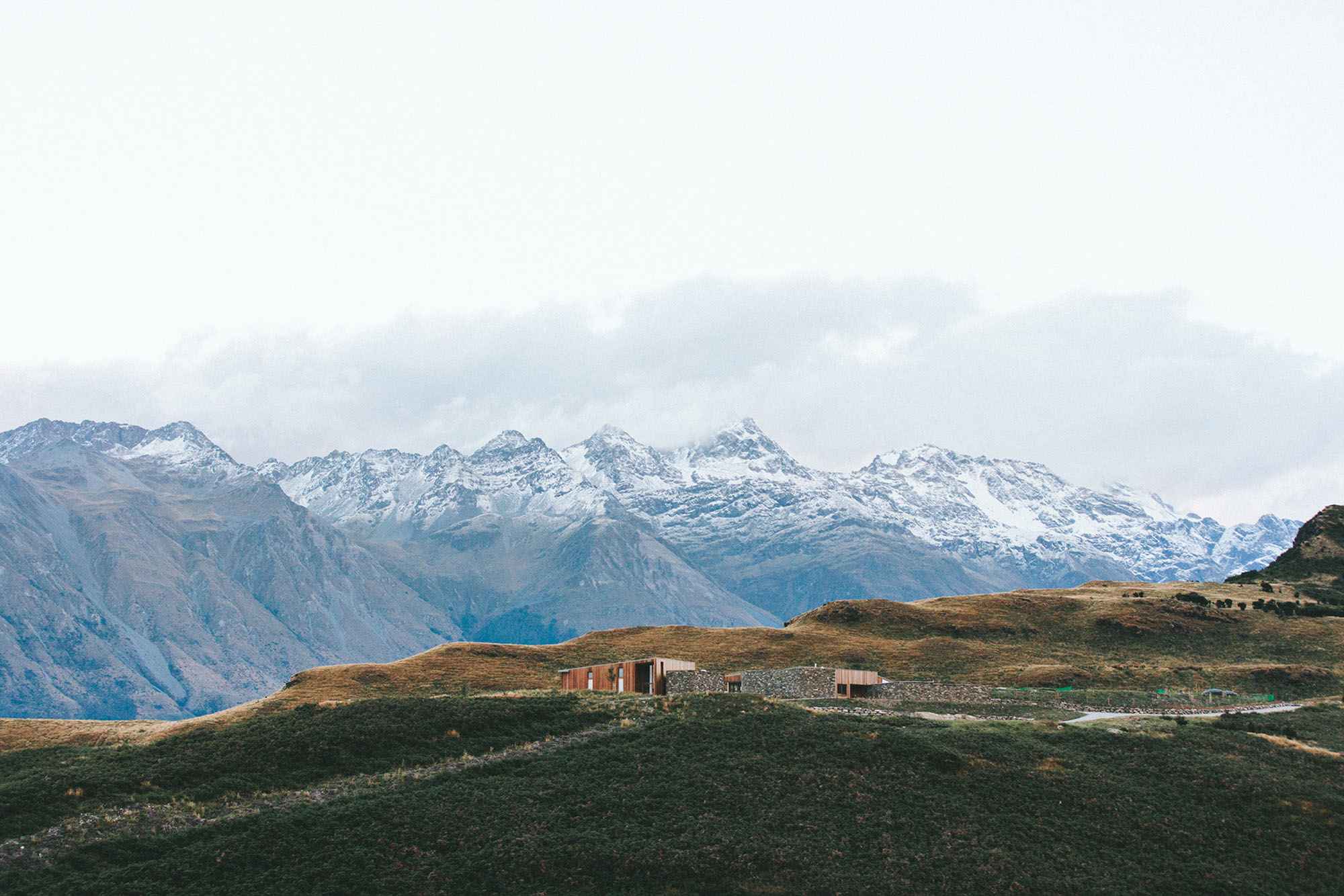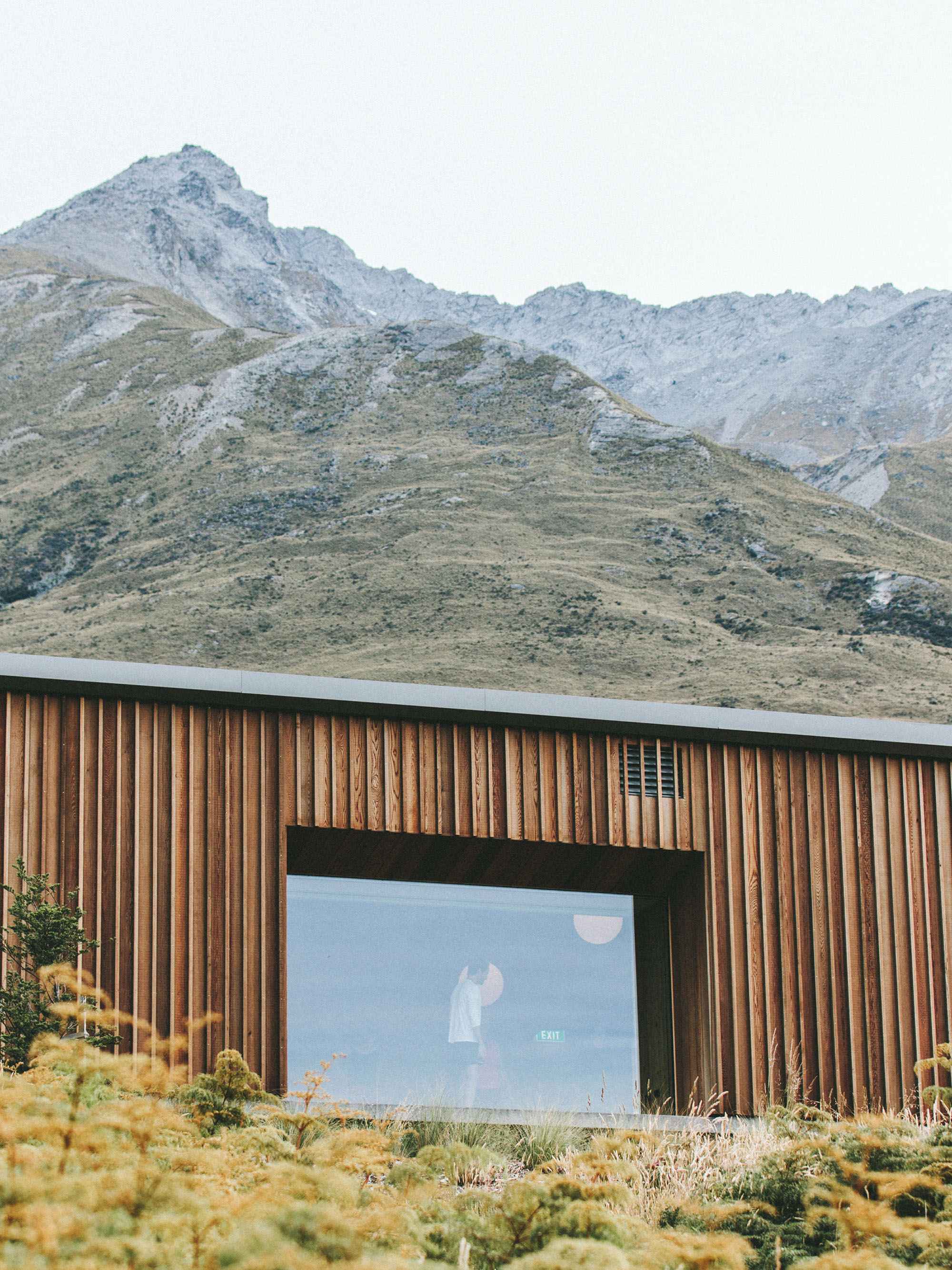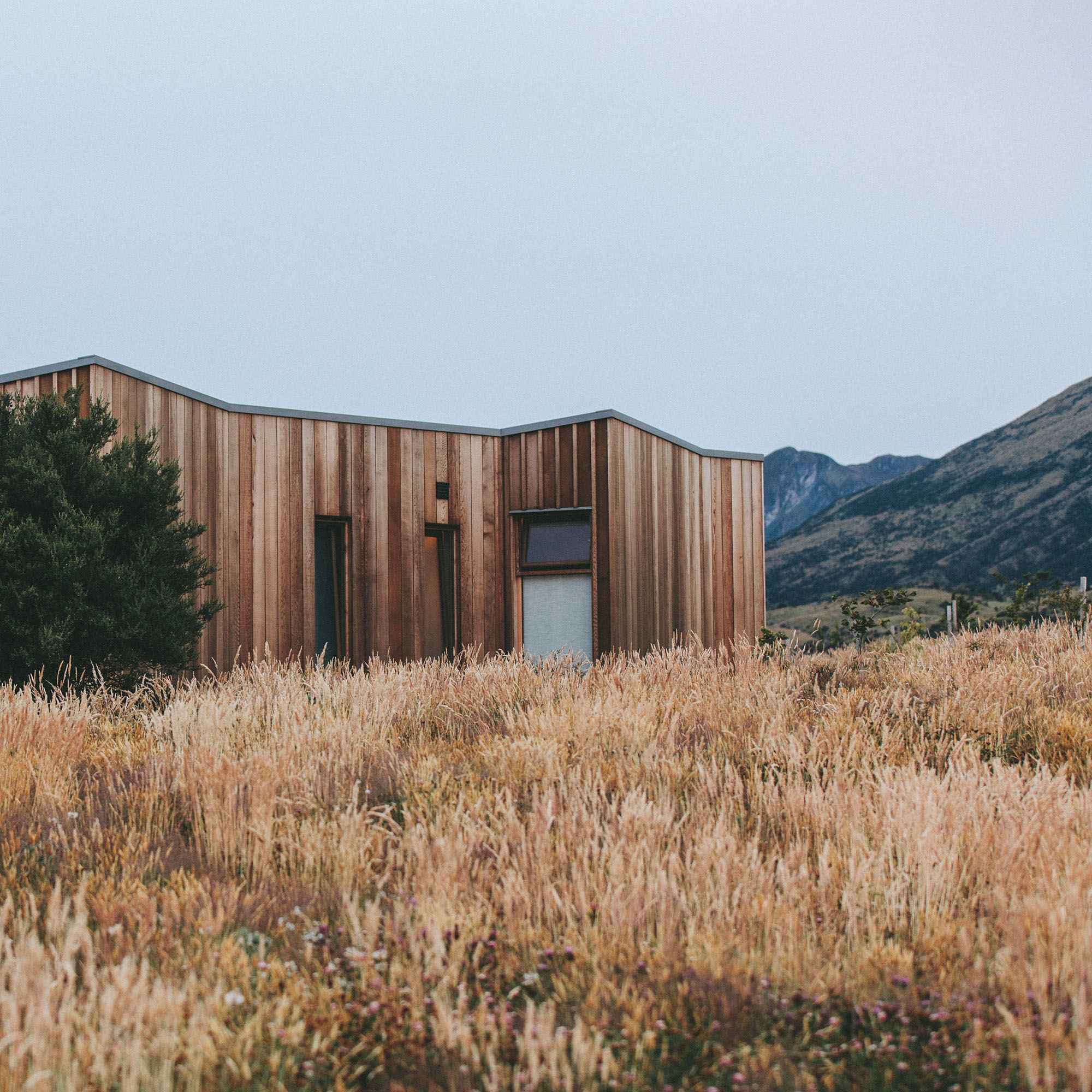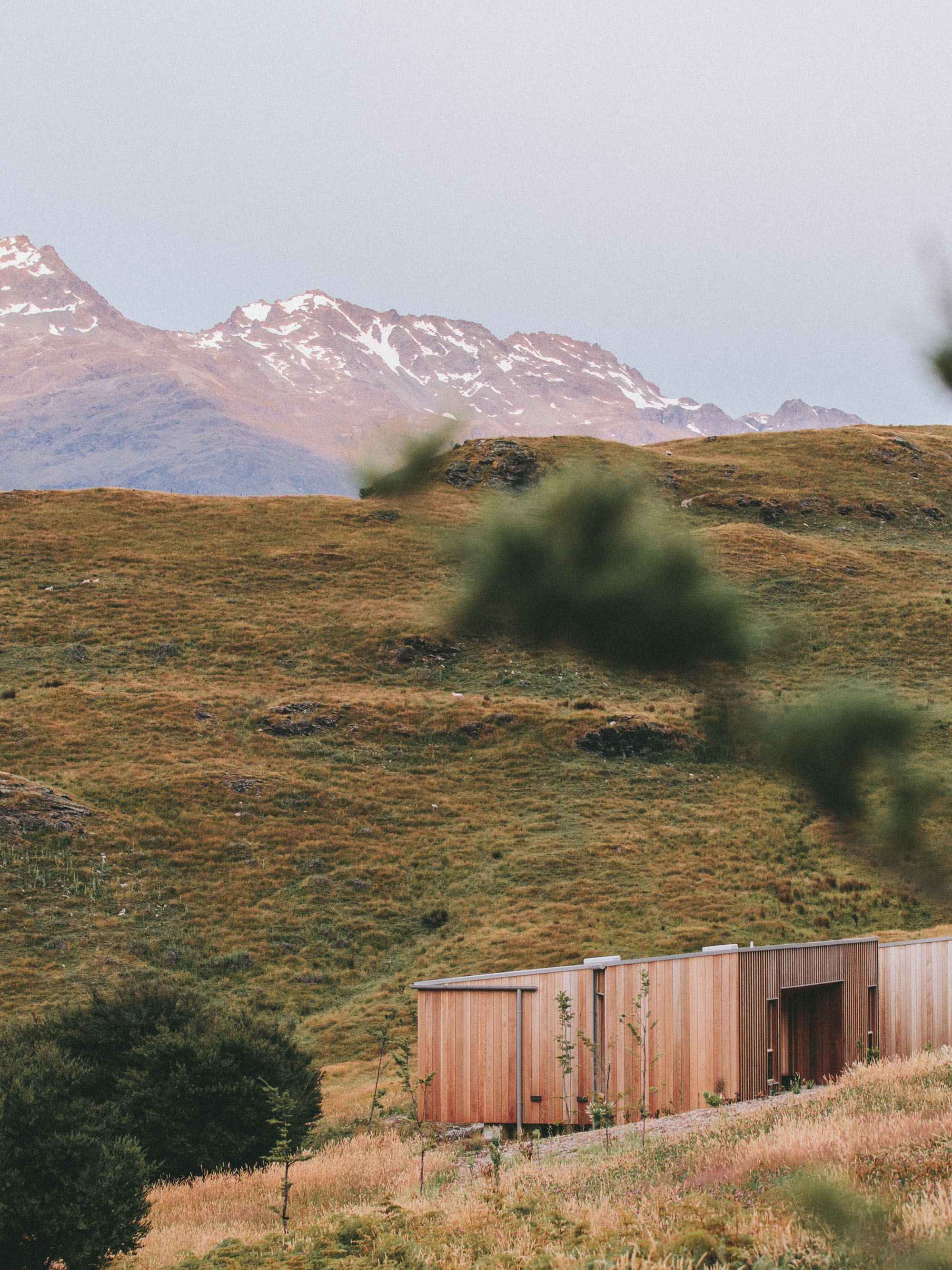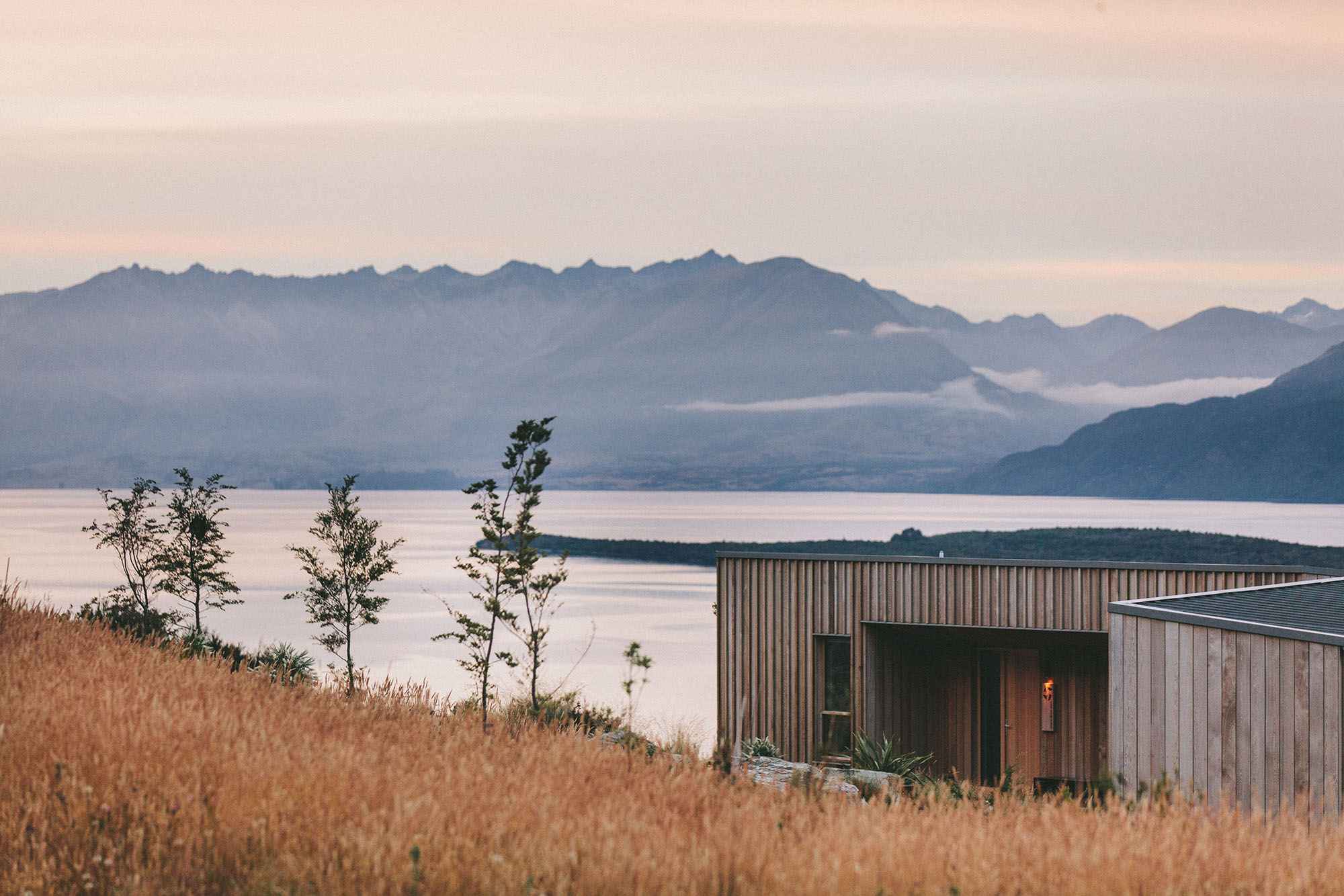Background
In the last few years, I've become much more serious about coffee. And, while I seen the magic that some high-end coffee machines are capable of, I've always felt that a slow hand pour-over just couldn’t be beat.
That is until recently. I have been using a Technivorm Moccamaster as my daily coffee maker. It’s a few years old, but works great. From their website… “All Technivorm products are …certified by the specialty coffee associations of America and Europe (SCAA/SCAE) and granted the European coffee brewing center's (ECBC) seal of approval meeting their strict 'golden cup' quality guidelines.”
This really doesn’t amount to a hill of (coffee) beans to me, but good to know. So just off the bat, I can say that the Moccamaster makes a fabulous cup of coffee. In my opinion (highly subjective), it is usually on-par with the best pour-over, which is really saying something.
A few months into use, my 'official' Moccamaster scoop broke, in a freak accident. Not to go too far down the rabbit hole, into coffee obscurity, but this scoop is sized for around 12 grams of coffee. Spoons are often specified in units of volume. Coffee aficionados will tell you however, that weight is a more useful metric, in attaining the perfect cup of coffee.
The stated ration is (1) scoop to (2) Cup markings. This was key to the kingdom, in pursuit of the “perfect” cup of coffee.
Intro
I poked around on the usual sites; Amazon, eBay, etc. Surprisingly, most places either didn’t carry the item, were sold out, or charged quite a bit to ship from Europe. It seemed silly, as it was just a few bucks worth or plastic. So, this seemed like a fine project for me to dip my toes into the world of 3D printing!
Over the last few years, 3D printing is everywhere. It burst onto the scene, and has the potential to change the way we do so much.
I have experience in manufacturing, materials and CAD, but was new to 3D printing. Anything though that could be designed in CAD, I knew basically could be printed. I opened up SolidWorks, took some measurements of my broken scoop, and drew up the spoon.
Detail 3
With the file done, I decided to try my luck on makexyz.com. It’s a neat little service where people with 3D printers connect with people who need things 3D-printed.
Uploading my model, I attached a brief project description. Within a day or so, I had 5 quotes, ranging $5-$20.
I went with a nearby printer, who quoted me $7. He has a Da Vinci 1.0, as his weapon of choice. As an aside, he said he’d made some cool things for people. Most commonly, car parts, which always turned out great. In cost, they were often a fraction of the OEM price. More importantly though, with older cars, some parts are simply not available, so this must be a heaven-sent to Classic car enthusiasts.
Anyway, my original scoop was brown. In negotiating the project particulars, color didn’t matter. We went with "natural," basically no dye. To help minimize chemicals coming out, I figured a good first step was to minimize chemicals going in.
Around this time, I found myself not only researching 3D-printing, but food-grade 3D printing. Not surprisingly, this is a controversial topic. The verdict is still somewhat out, but the USDA and other places do have some general guidelines and resources. There weren’t going to be any stress or load concerns, but I was worried about chemicals getting into my coffee! It isn’t breaking news, that coffee is acidic…
So I ended up going with a “natural” ABS, which is a very common household plastic for the base material.
The USDA actually states that the un-colored version is food-safe. I had considered PLA, which is made from corn. PLA sounded like the safer route initially, but it is apparently not nearly as reliable as ABS, among other concerns.
A problem also existed in the layers. Items 3D printed are comprised of layers of hair-thin material. These layers can hold moisture, causing mold. An occasional gentle washing though, and keeping it dry throughout normal use were determined to be enough of a deterrent.
The scoop was printed at the lowest layerheight available for the Da Vinci, 0.05mm (50 microns) per layer. This went a long way to help smooth layer lines and crevices, to mitigate moisture for mold concerns.
Post printing, we did 2 things further. First, the scoop was also carefully sanded, with an ultra-fine sandpaper. Lastly, I ended up paying an extra $10, for
ealing a print with a food safe epoxy or sealant will cover the crevices that may collect bacteria.
The process I put the part through takes care of the crevices that they also solve with the epoxy, but that process only works on abs.
The finishing process epoxy.
the cheapest option i have found that is food safe is to put on a polyurethane coating, which will add about $10 to the price. Is that Alright?
i am also giving it the polyurethane coating to seal up any tiny crevaces
Lettering is hard to see since it isn't very deep- otherwise it turned out well.
Filament was clear but the part turned out white due to small air openings within the part (isn't completely solid, about 95% solid)
I had been leaving my old scooper in the ground coffee, which may have to change now, but just any steps we can take to maximize the food-safety-ness (?) I guess would be good.

